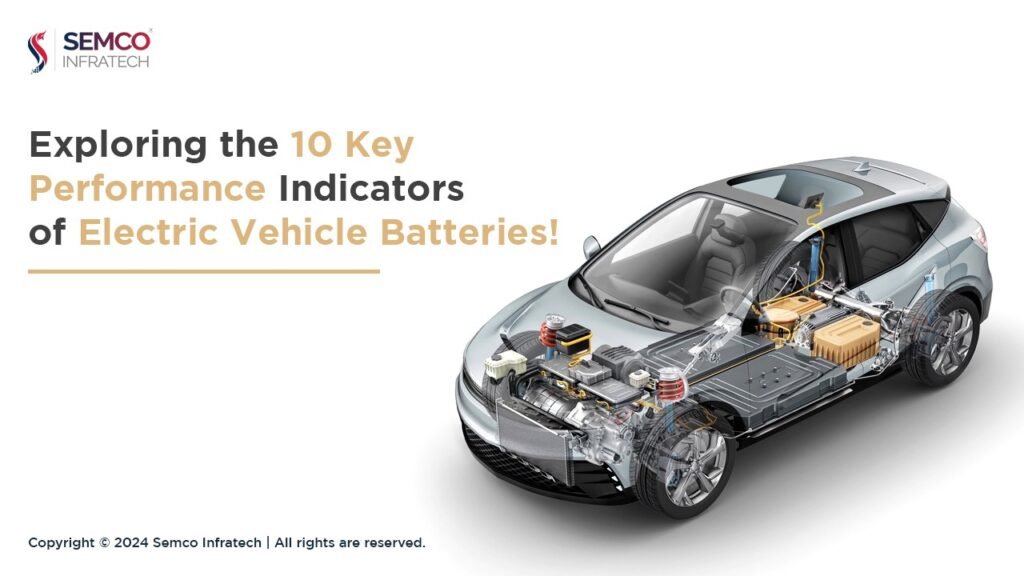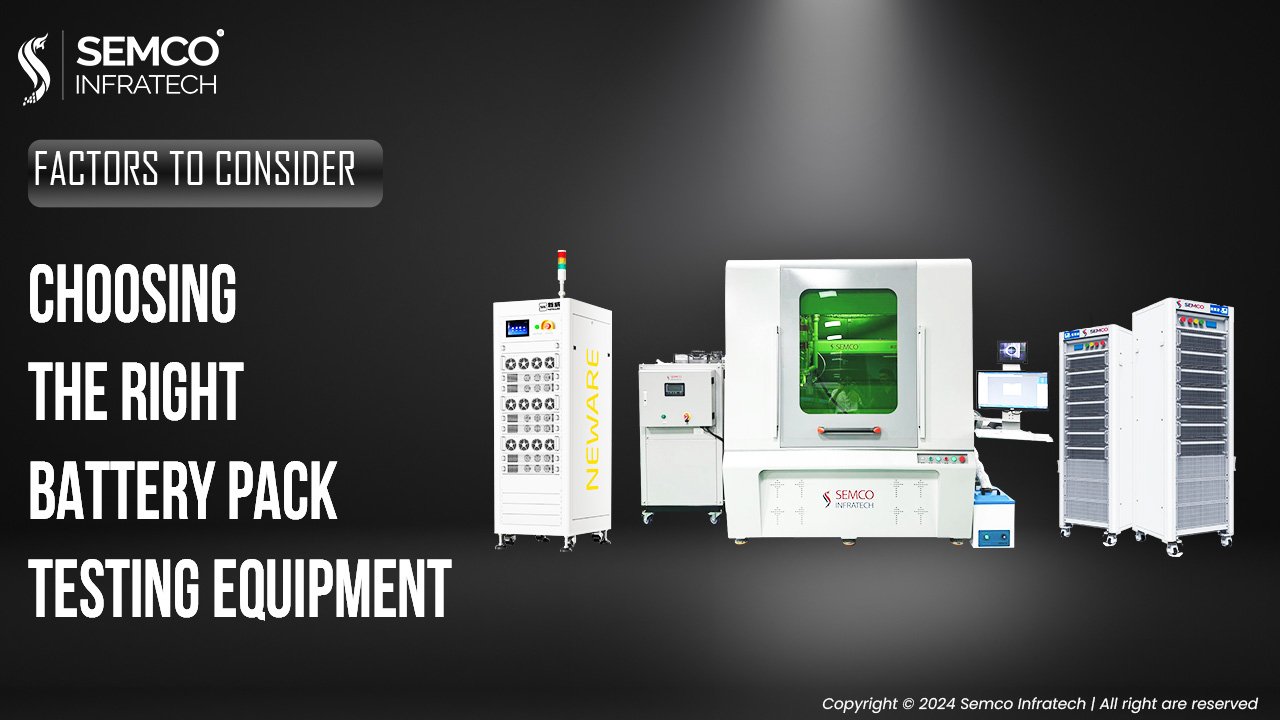
First of all, let’s introduce ten key performance indicators of power batteries. Yes, you heard it right. It’s not five or seven, it’s ten! They enable electric vehicles to operate freely on this blue planet; they are like the “superpowers” of power batteries.
Voltage
The power battery’s voltage has the ability to instantly transfer electrical energy from the negative pole to the positive electrode. The potential difference between the battery’s positive and negative electrodes is referred to as the end voltage, and the end voltage in the absence of a load is known as the open-circuit voltage. The voltage that the battery should reach under the standard working conditions is known as the rated voltage, and the voltage at which the active material on the electrode reaches a saturated state upon full charge is known as the charging termination voltage. The voltage that is permitted when a battery discharge is known as the discharge termination voltage.
Capacity
The battery’s capacity corresponds to its ability to store energy. Like your phone, you need to be fully charged in order to “wave” everywhere. Theoretical capacity, actual capacity, nominal capacity, and rated capacity are its primary indicators. The nominal capacity is used to determine the battery’s approximate safety time value, while the theoretical capacity is the maximum theoretical value determined by applying Faraday’s law and the active substance’s quality.
The real capacity, expressed in amp-hours, is the maximum power that the battery can produce under specific circumstances. It is calculated as the product of the discharge current and the discharge time. The battery’s rated capacity is the lowest amount that it should discharge under specific circumstances.
Internal resistance
The resistance that the battery experiences as current passes through its interior is known as its internal resistance, and it serves as a reflection of the battery’s electrical conductivity. This little device allows the current to flow freely and smoothly in all directions, much like a highway.
Energy
Similarly to your wallet, the power battery’s energy is its maximum output. It contains enough money to grant you worldwide travel. Theoretical energy, actual energy, specific energy, and energy density are among its primary indicators. The product of the battery’s theoretical capacity and its rated voltage—which denotes the energy the battery will produce under specific discharge conditions as outlined in a standard—is known as theoretical energy. The average age operating voltage, which indicates the amount of energy the battery can produce under specific circumstances, is multiplied by the battery’s actual capacity to determine the actual energy.
The electrical energy that can be produced by the battery’s unit mass is measured in watt-hours per kilogram. This is referred to as the specific energy, or just the energy. Volume-to-energy, or energy density, is the electrical energy that can be produced in W·h/L per unit volume of the battery.
Power
The maximum power that the power battery can produce is determined by its power. Similar to your turbocharged engine, you can accelerate to highway speeds quickly. The two primary indicators are power density and specific power. The term “specific power” (W/kg or kW/kg) describes the power that can be produced per unit mass battery; it is also referred to as “mass specific power.” The power density, expressed in W/L or kW/L units, is the maximum output power per unit volume battery, also referred to as volume power.

Output Efficiency
The power battery functions as an energy memory, transforming electrical energy into chemical energy during charging and electrical energy back into chemical energy during discharging. It functions similarly to your power bank in that it charges fully before discharging, and the entire process is incredibly effective.
Self-discharge rate
The self-discharge rate, or the speed at which the battery’s own discharge results in capacity loss when the battery is not loaded, is the rate at which the power battery’s capacity decreases during storage. Like your mobile phone, really. You will run out of power on your own if you don’t use it for a long period.
Discharge magnification
Battery “discharge magnification” refers to the size of the discharge current of the battery divided by the number of hours or discharge time required to fully discharge the battery’s rated capacity at a given discharge current. You can change the throttle depth to regulate the speed, just like in your car.
Service life
The service life refers to the effective life of the battery under specified conditions. The battery is short-circuited or damaged internally and cannot be used, and the battery use fails when the capacity does not meet the specifications, and the service life of the battery ends. It’s like your house. You care about how long it can live.
Production cost
While the necessity of power batteries cannot be disputed, one of the main obstacles to the widespread adoption of electric vehicles has always been their high production costs. This issue is akin to a barrier, which we are working to surmount!
Requirements for power batteries for electric vehicles
Let’s examine the need for electric vehicles for power batteries after learning about the key performance indicators of power batteries. Power batteries for electric vehicles must meet the same standards as we do for our girlfriends: they must have greater energy and power than we do, as well as high charging and discharging efficiency, good relative stability, low use costs, and good safety.
Development Trends and Challenges of Power Batteries
The technology surrounding power batteries is still advancing despite numerous obstacles. Power battery development will become more diverse in the future to accommodate the various demands of electric vehicles. We must always investigate and develop new solutions to problems, whether they are related to enhancing charging efficiency, cutting expenses, extending lifespan, or guaranteeing safety.






